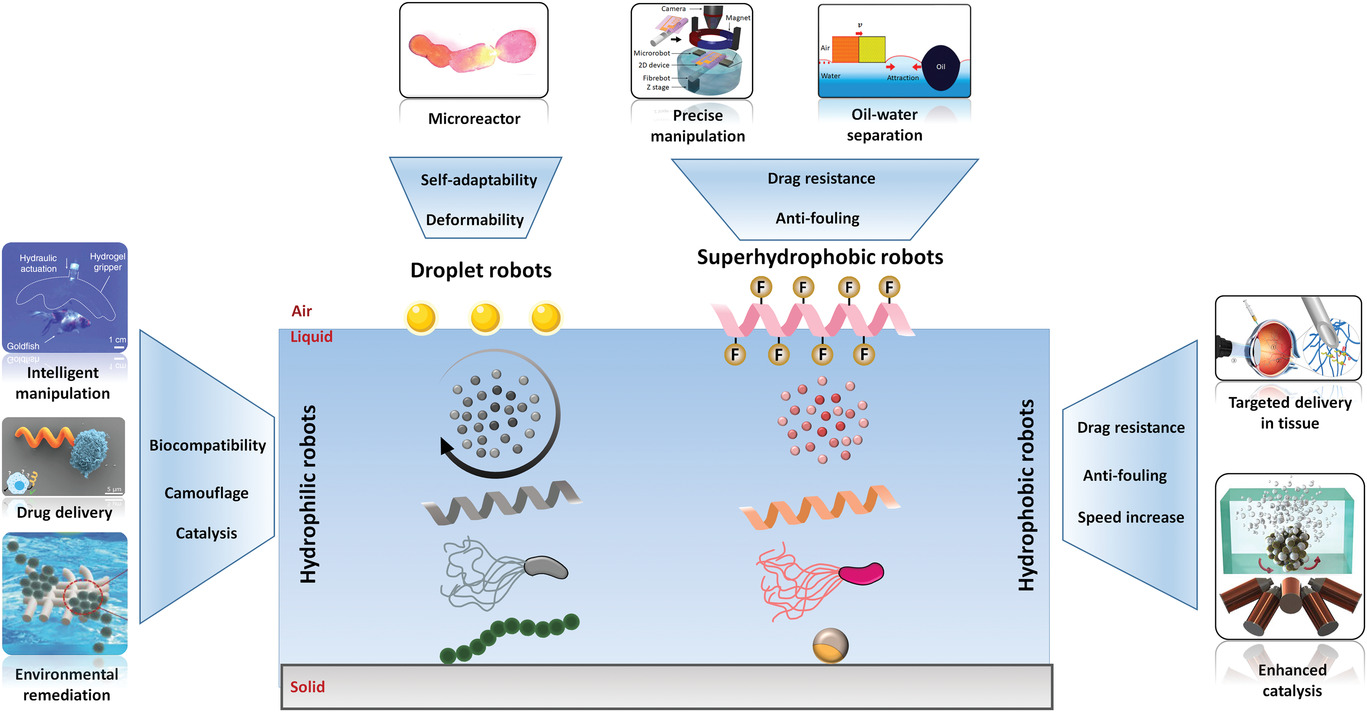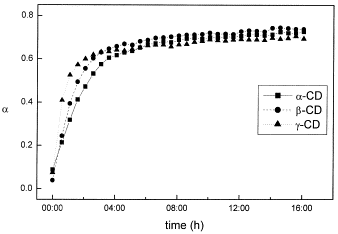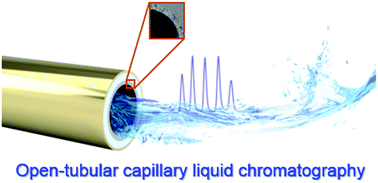paper archives
Stay hungry, stay foolish. You are as good as your last paper.
1T-Phase Transition Metal Dichalcogenides (MoS2, MoSe2, WS2, and WSe2) with Fast Heterogeneous Electron Transfer: Application on Second-Generation Enzyme-Based Biosensor
- Nasuha Rohaizad, Carmen C. Mayorga-Martinez, Zdeněk Sofer, Martin Pumera*

Two-dimensional transition metal dichalcogenides (TMDs) have been in the spotlight for their intriguing properties, including a tunable band gap and fast heterogeneous electron-transfer (HET) rate. Understandably, they are especially attractive in the field of electrochemical biosensors. In this article, HET capabilities of various TMDs (MoS2, MoSe2, WS2, and WSe2) within group VI chemically exfoliated via t-BuLi intercalation are studied and these capabilities are used in the second generation electrochemical glucose biosensor. Strikingly, tungsten dichalcogenides (WS2 and WSe2) exhibit superior HET properties compared to that of their molybdenum counterparts (MoS2 and MoSe2). When incorporated into second generation glucose biosensors, WS2 and WSe2 generated a higher electrochemical responses than that of MoS2 and MoSe2, following the same trend as expected. The commendable performance by WX2 is attributed to the dominance of 1T phase, revealed by characterization data. The developed and optimized 1T WX2-based biosensor achieved analytical requirements of selectivity, wide linear ranges, as well as low limits of detection and quantification. The outstanding electrochemical performances of WS2 and WSe2 are to be recognized, adding on to the fact that they are not decorated with any metal nanoparticles. This is imperative to showcase the real potential of two-dimensional TMDs in electrochemical biosensors.










